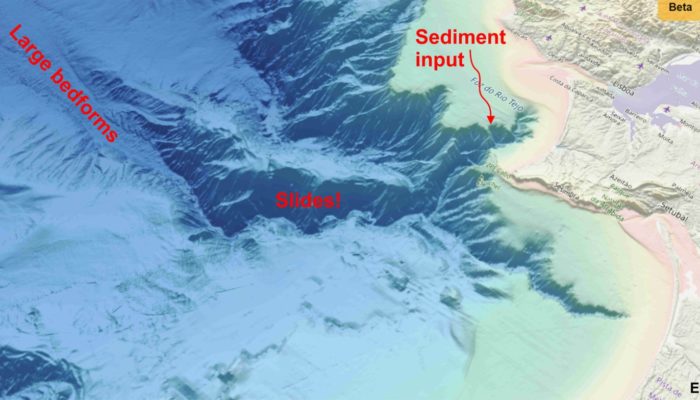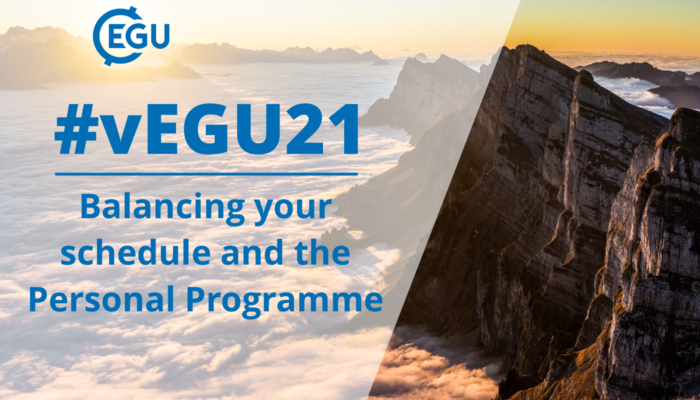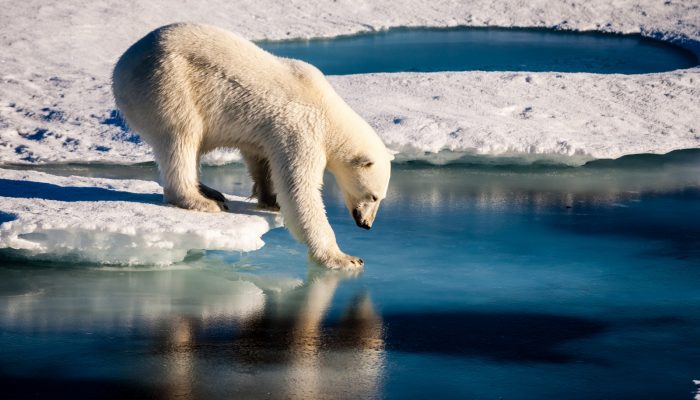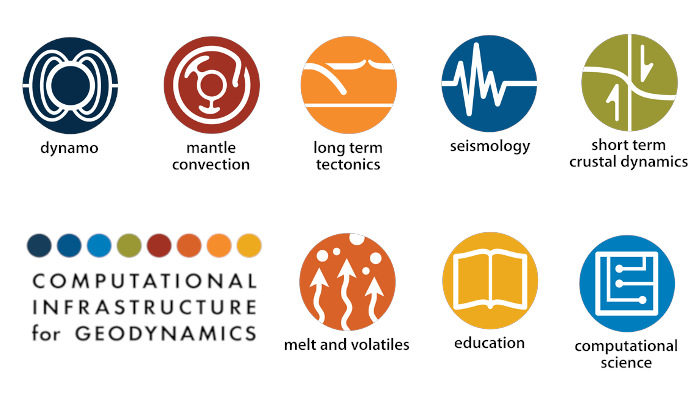Most of us know about the existence of waves and tides. We can see them along our coasts and, even if we do not pay much attention, we also know that waves and tides move sediment that rests on the seafloor: sand, mud, shells and…plastics. We all can see ripples and small channels on beaches or estuaries created by the movement of water from waves and tides. If we scuba dive down to a few tens of ...[Read More]
GeoLog
How to vEGU: balancing the schedule and your personal programme with caring responsibilities
Now that you have had a quick look at our programme for vEGU21, maybe found your abstract or session, you probably have a few questions! Over the next few weeks we will be trying to answer as many of these questions as we can, but if you have a question that you can’t see answered anywhere else, please send it to us, either using our social media, or by contacting the conference organisers directl ...[Read More]
Soil System Sciences
The importance of our SSS (…Soil Support Staff!) #5
Another month has arrived, and we continue our monthly series of blog posts dedicated to highlighting the indispensable work carried out by our technicians, laboratory assistants, and research support teams. Researchers in Soil Science rely on these key individuals and their tireless efforts to maintain our laboratories, carry out fieldwork, and make research happen! So far in this monthly series, ...[Read More]
Geodynamics
Join the EGU GD Blog Team!
We are looking for new blog team members for the new ‘EGU year’ (May 2021 – May 2022)! By being part of the blog team, you will have the opportunity to meet lots of people from the geodynamics community and beyond and boost your own profile. This year, we are looking for many different kinds of contributions, so have a look below and see if anything sparks your interest! Interest ...[Read More]
Hydrological Sciences
Open your heart, science and data – and welcome Res. 42 by WMO
Boundaries and limits. Everyone had a pleasant and rich (hopefully) taste of these concepts in 2020. Time-wise, workwise, and heart-wise among many others. Openness, tolerance and love. Everyone rightfully acknowledged the dearness of these feelings (probably) at the utmost level, again in 2020 – a year quite likely to be remembered as one of those soul-shattering years in the human history. Why d ...[Read More]
GeoLog
Imaggeo On Monday: the EGU Photo Competition – sharing your images around the world.
In 2010 EGU held our first annual Photo Competition at the General Assembly in Vienna. Since then hundreds of photos have been shared on imaggeo by geoscientists and researchers just like you, with a lucky few being selected each year to be highlighted during the meeting and voted on by our members. These images can be of anything to do with geology or geoscience – we get many beautif ...[Read More]
Cryospheric Sciences
Do you know about OGGM-Edu? An open-source educational platform about glaciers and glacier modelling
Are you teaching about glaciers and looking for fun educational activities for your students? Are you planning a workshop about glacier modelling and want to make it interactive, with a low entry level? Are you interested in learning about glaciers and glacier modelling, and looking for a simple way to get started? On top of that, do you want to do all of the above without installing anything on y ...[Read More]
Geodynamics
2021 Computational Infrastructure for Geodynamics Developers Workshop
On February 23 and 25, 2021, the Computational Infrastructure for Geodynamics (CIG) organized its first Developer Workshop. CIG is a community organization that advances Earth science by developing and disseminating software for geophysics and related fields. The goal of the meeting was to bring the CIG developer community together to discuss current issues and opportunities. Brad Aagaard (U.S. Ge ...[Read More]
Geochemistry, Mineralogy, Petrology & Volcanology
Gneiss Chats Podcast, fun geoscience learning for all!
The Gneiss Chats podcast is an interview podcast where the host (under the secret identity of Dr.B, because most people can’t pronounce Barrote) interviews an expert and asks them a bunch of questions about a certain theme in the field of geosciences including Geochemistry, Mineralogy, Petrology and Volcanology. The idea behind the show is to teach the listener about an interesting topic tha ...[Read More]
GeoLog
Imaggeo On Monday: the EGU Photo Competition – more than landscapes
In 2010 EGU held our first annual Photo Competition at the General Assembly in Vienna. Since then hundreds of photos have been shared on imaggeo by geoscientists and researchers just like you, with a lucky few being selected each year to be highlighted during the meeting and voted on by our members. These images can be of anything to do with geology or geoscience – we get many beautif ...[Read More]










